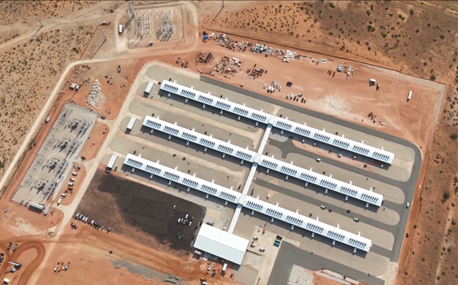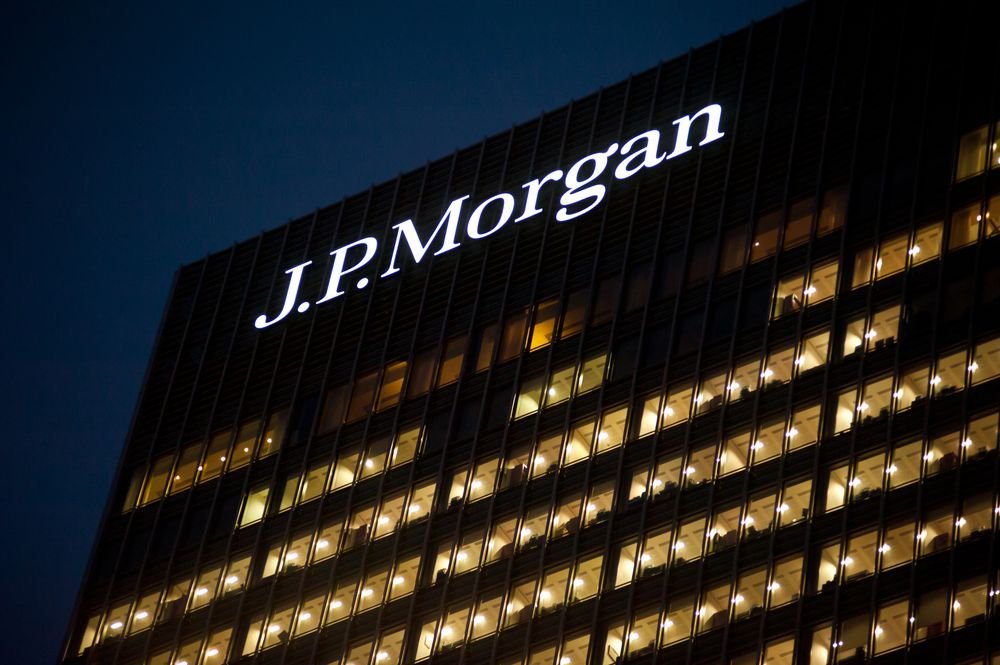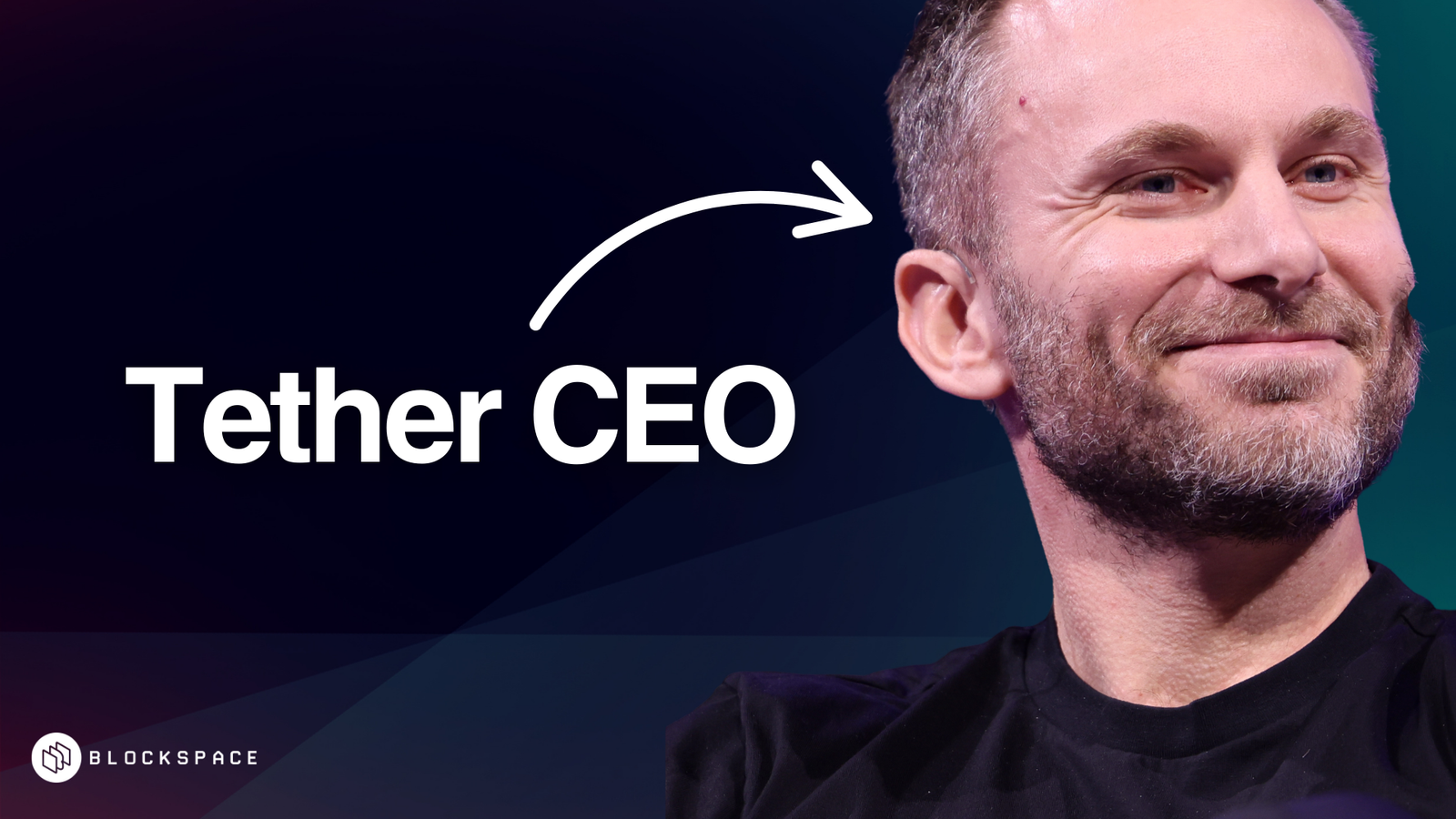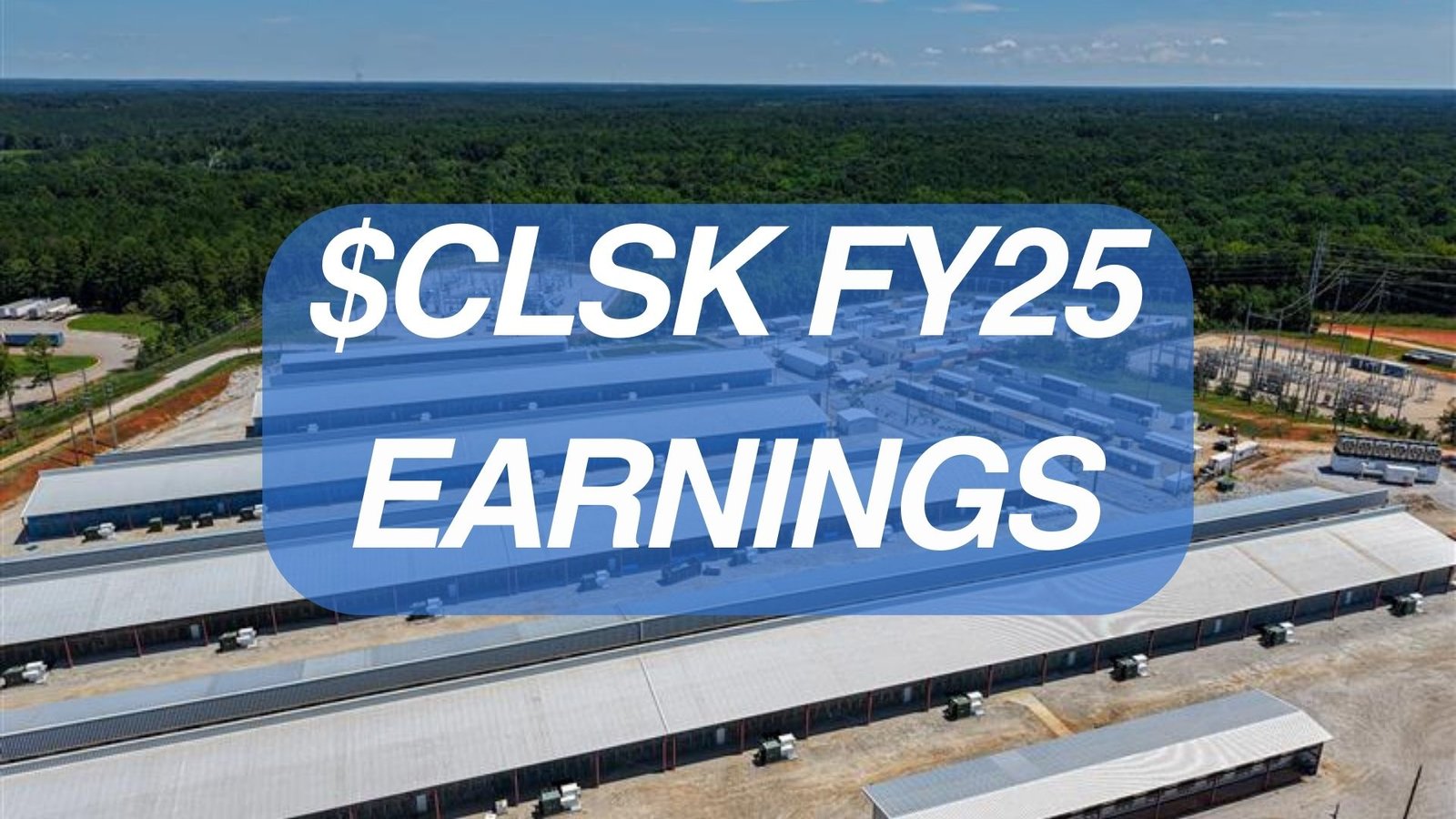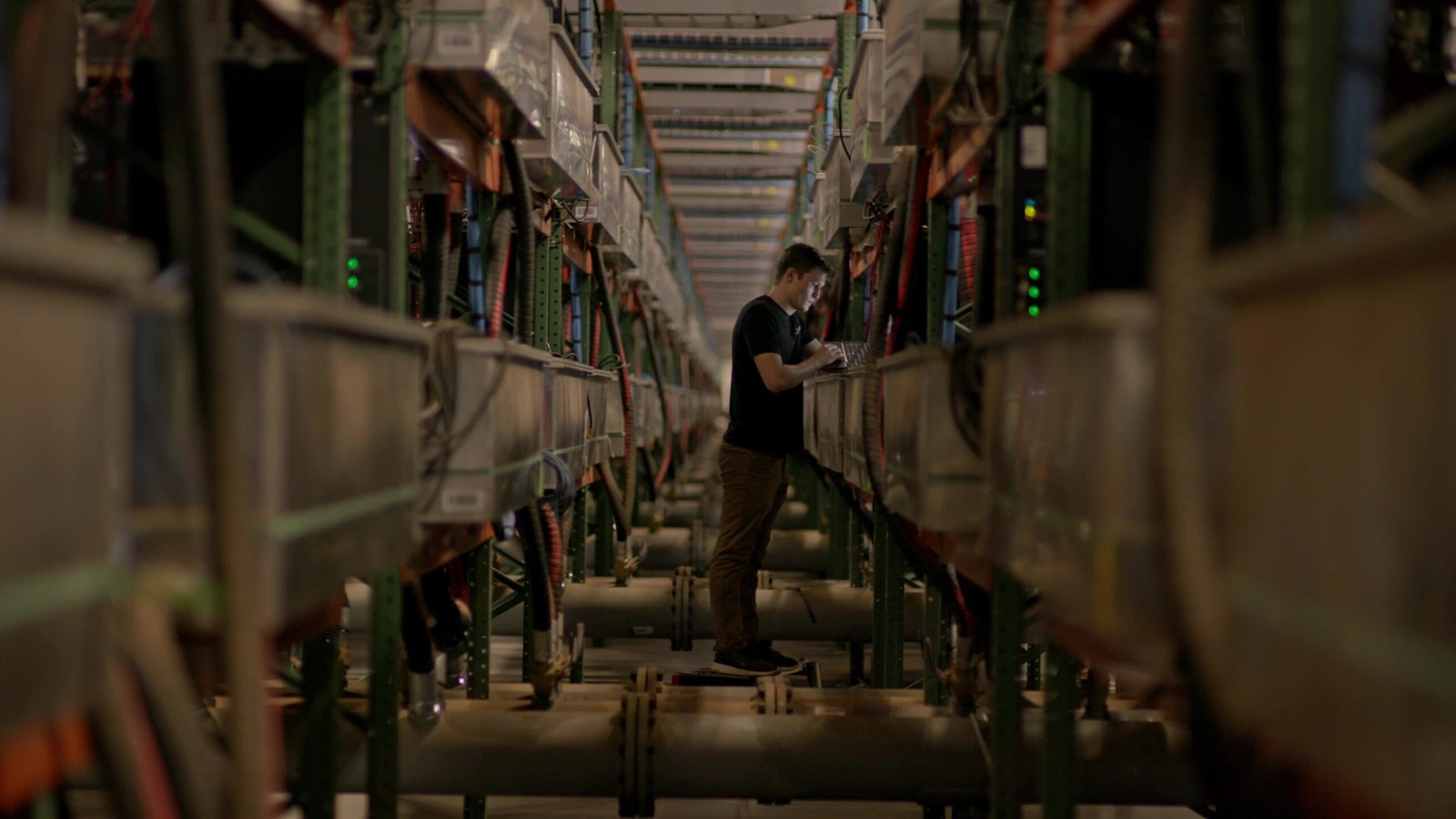The Fractal Bitcoin sidechain launched on September 9, and adoption from bitcoin miners has been so great that they are renting hashrate to cash in on the action.
Hashprice, a metric that measures mining profitability, is hovering near all time lows and bearish sentiment abounds, but degens have once again defied economic reality. With about a third (~200 EH/s) of the Bitcoin network merge mining Fractal, largely from the support of major Asian pools such as Antpool, F2Pool, and Spiderpool, any uncertainty about Fractal’s hashrate at launch has now turned into widespread miner support.

For a breakdown of how Fractal Bitcoin works, read our previous newsletter.
Cloud mining: the early play for mining Fractal Bitcoin
For the sidechain’s consensus, the Fractal Bitcoin team designed its own merge mining method called Cadence Mining, where miners produce one of every three blocks by merge mining with Bitcoin while the rest come from miners who are mining Fractal only. The same hardware can be used for both activities, and for want of having the hardware on hand, some miners are renting hashrate to mine Fractal.
Given that it’s not so simple to just go build a Bitcoin mine, the next best thing is to rent a mine. Enter the hashrate rental economy (commonly called cloud mining).
Various services like Nicehash and MiningRigRentals allow miners to lease units of hashrate for specific periods of time (e.g., 1 PH/s for one hour, eight hours, 24 hours, etc) and delivered/pointed at the pool of the buyer’s choice. As speculators scrambled to get into the $FB trade, they have crowded into these cloud mining marketplaces.
For example, on Sunday morning September 8, the lowest rental rate listing we saw on MiningRigRentals.com was around 0.00000085 BTC/TH/day (so for 8,500 sats, a miner could rent 1 TH/s of hashrate per day). Three hours after Fractal launched on mainnet that night, any contract under 0.0014 BTC/TH/day was getting bought up, and occasionally the next lowest listing was a rate of 0.0084 BTC/TH/day (however, we have not confirmed that anyone bought at that rate).
At the time of writing, cloud mining contracts on MiningRigRentals range from 0.00000135 to 0.00000623 BTC/TH/day. Similarly, cloud mining contracts on NiceHash range from 0.000001 to 0.0000018 BTC/TH/day at the time of writing.
This 150%+ spike in the value of cloud mining hashrate happened while regular hashprice (the rate that FPPS pools pay to their regular mining clients) stayed flat.
It remains to be seen if the introduction of new sidechain revenue from Fractal will move the needle for miners. Given the Cadence Mining system, some arbitrage opportunities may emerge if the Fractal economy grows and the $FB token decouples enough from BTC.
So is Fractal Bitcoin a good source of miner revenue?
At the time of writing, Fractal Bitcoin has been live for under 24 hours and the chain’s native token, $FB, is undergoing volatile price discovery in a handful of OTC markets & a single CEX, CoinEx. That said (and these numbers could change significantly by time of publishing) the back-of-the-napkin math points to $FB offering Bitcoin miners a little revenue bump.
Let’s run the numbers:
Fractal targets block production every 30 seconds, while Bitcoin targets 10 minutes. So there are an expected 20 Fractal blocks per Bitcoin block. A third of Fractal blocks are merge mined with Bitcoin, so an expected 6.6 blocks of Fractal revenue would go to Bitcoin miners. There are 25 $FB per Fractal, with a current market price of $12 (as of 3pm EST on September 9). Fractal fees are negligible, therefore:
6.6 blocks x 25 $FB x $12 USD = $1,980 revenue per Bitcoin block
At around $2k per block per day that is close to $300k additional revenue to Bitcoin miners, or a total increase in miner revenue of about 1% (Bitcoin miners currently get about $25.2m USD per day).
So yeah, on paper Fractal adds a nice little 1% bump to overall bitcoin mining revenue – not bad for the first day! However, we have yet to see what the market looks like as pools distribute $FB to their clients or sell on the open market themselves. The secondary market for $FB is very thin currently, so actually realizing profits is unknown.
Our takeaway is that we continue to see bursts of on-chain speculative activity driving interesting mining economic case studies. Whether it’s BRC20s, Runes, Slipstream, or Fractal, the new landscape of “Bitcoin Season 2” users continues to produce unique market dynamics in a business that has been largely infrastructure driven for the past several years.


